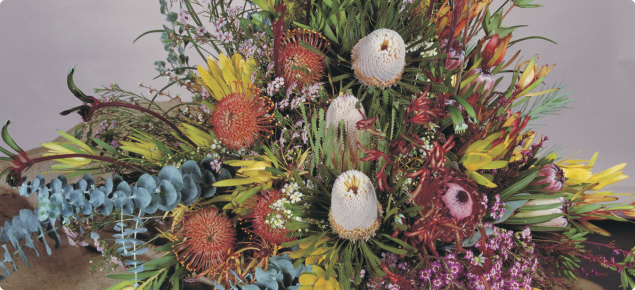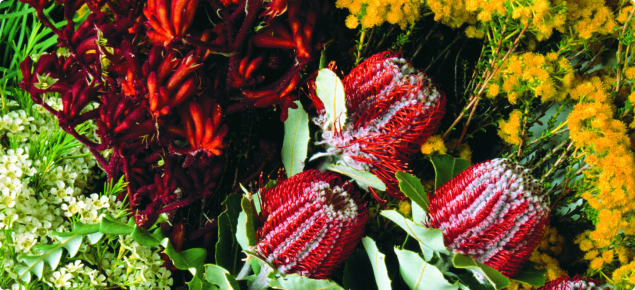Water loss from flowers
The rate of water loss from a flower is determined both by the water vapour pressure deficit and by the flower's surface characteristics. Vapour pressure deficit refers to the difference between the vapour pressure within the plant and the vapour pressure of the surrounding atmosphere.
Increasing the atmospheric temperature or decreasing atmospheric humidity will increase the water vapour pressure deficit and increase the rate of drying.
Some plants have a waxy surface which may impede rapid drying because it slows the rate of water evaporation regardless of the size of the vapour pressure deficit.
To produce a quality result, rapid drying is best. One advantage is improved retention of natural colours. Plant sap contains many dissolved sugars, acids, phenols and other compounds. As water is lost, the concentration of these rises which increases the likelihood they will undergo chemical reactions.
Many of these chemical reactions will either degrade the natural plant pigments or lead to browning. Rapid dehydration, especially during the intermediate phase of drying (the loss of the middle 30% of water) will minimise the amount of colour change and result in a more natural looking product. The risk of fungal infection is also minimised by fast drying.
One way to speed the drying rate is to raise the air temperature. The best temperature range is between 60°C and 80°C. If the temperature is greater than 60°C, the enzymes which catalyse reactions within the plant tissue will be destroyed. This is desirable because some enzymes are responsible for chemical reactions which result in browning (for example, polyphenol oxidase).
Enzymes can also be inactivated by microwaving for a few minutes on a low power setting (to avoid boiling) or blanching (hot water dip). A maximum temperature of 80°C is recommended because scorching can occur above this temperature.
Most plant pigments are degraded by strong light so ideal drying conditions are either in subdued light or total darkness.
Dried plant material should have a water content of around 16% (of dry weight). At higher moisture levels, fungi can be a problem. Conversely, if the material is too dry it becomes brittle.


